Nanxun ancient town Scenic Area
Nanxun Ancient Town is located in Nanxun District of Huzhou City, at the junction of Jiangsu, Zhejiang and Shanghai provinces. Ming and Qing Dynasty is a famous silk town in the south of the Yangtze River. It is an ancient town with abundant human resources and a combination of Chinese and Western architecture.
Nanxun Ancient Town Scenic Area covers an area of 34.27 square kilometers . The protection area of Nanxun Ancient Town ranges from the east to the east of Yiyuan Site, from the west to Yongan Street, from Jiayetang Library Building and Xiaolian Village in the South and from the north to 100 buildings. The protected area is about 168 hectares, of which 88 hectares are the key protected areas. The tourist attractions are divided into three blocks. The first is Nanxun tourist attractions enrichment area, where Zhang Shiming's former residence and Liu's ladder are distributed. The second is a central scenic spot composed of Xiaolian Zhuang, Jiayetang, Wenyuan and other scenic spots. The third block is the Northeast block with Zhang Jingjiang's former residence and Baijianlou as the main building to the east of Dongjie Street.
Nanxun Ancient Town is known as "the land of culture" and "the land of poetry and books". There have been many famous figures, such as Zhang Jingjiang, the curious man of the Republic of China, a stone inscription of the initiator of Xiling Printing Society, and Xu Chi, a famous poet and essayist.
In June 2001, Nanxun Zhang's old residence complex was awarded the fifth batch of national key cultural relics protection units. In 2005, Nanxun Ancient Town was awarded the second batch of famous Chinese historical and cultural towns , national 5A tourist attractions and other honorary titles , becoming the first national 5A tourist attractions in Huzhou City.
The discovery of Hongcheng, Huacheng, Shangshi and other ancient cultural sites in Nanxun proves that clan tribes in primitive society thrived as early as the Neolithic Age.
According to legend, Xia Yu governed the water, dividing the world into nine states, and Nanxun jurisdiction belongs to Yangzhou.
The Spring and Autumn Period and the Warring States Period belonged to Wu, Yue and Chu successively. In 333 B.C., Chu took it as the feudal city of the Spring Shenjun, and began to build Zicheng County. Nanxun was under the jurisdiction of Zicheng County.
In the three years of Taikang in the Western Jin Dynasty (AD 282), it was divided into Dongxiang County in Wucheng County and Dongxiang County in Dongqian County.
In the four years of the Southern Dynasty, Song and Yuan Hui, Dongqian County was changed to Dongan County, which was renamed Dongqian County the following year. In the ninth year of Kaihuang in Sui Dynasty, the county moved eastward and was merged into Wucheng County.
Song Taiping rejuvenated the country for seven years. It was divided into 15 townships in southeastern Wucheng County and settled in Gui'an County.
In the first year of the Republic of China (1912), Wucheng and Gui'an were merged into Wuxing County. Now Nanxun belongs to Wuxing County.
On May 2, 1949, Nanxun was liberated, and today Nanxun is under Wuxing County.
In September 1993, Huzhou City was divided into three working committees, namely, Urban District, Nanxun District and Linghu District. Nanxun Town belongs to Nanxun District.
On June 30, 2011, the Nanxun Ancient Town Management Committee of Huzhou was formally established as a local government agency to lead the company in protecting, utilizing, planning, construction and management of the ancient town.
Nanxun Ancient Town Scenic Spot was officially examined and approved as National AAAAA Class Tourist Spot in July 2015.
Nanxun Ancient Town Scenic Area covers an area of 34.27 square kilometers, from the east to the east of Yiyuan Site, from the west to Yongan Street, from Jiayetang Library and Xiaolian Zhuang to the south, and from the north to 100 buildings. The ancient town is composed of Nanshi River, Dongshi River, Xishi River and Baoshan River, with many rivers crisscrossing. Streets and residential buildings are distributed along the river, along the river, and connected in series with Nandong Street and Nanxi Street, forming a cross-shaped pattern. Streets and alleys have complete texture, and the river system is basically preserved. Commercial streets are formed on both sides of the cross river. They have the style and features of Jiangnan water towns, which are built along the river, as well as many high-quality private residences and gardens in the south of the Yangtze River. They form the block characteristics of small bridges, water homes and residential gardens.
Nanxun has been an important economic and cultural town in Huzhou since ancient times. Since the Song Dynasty, Nanxun has been famous for its high-quality raw silk. During the Ming and Qing Dynasties, Nanxun became a typical silk town in Jiangnan, and the silk produced in Seri became a designated raw material for Royal weaving. In modern times, with the opening of Shanghai as an opportunity, Nanxun was influenced by European and American culture earlier. Silk merchants rose rapidly, and a number of important historical figures such as Liu Yong, Gu Qinlin, Pang Yuanji, Zhang Jingjiang and Jincheng emerged. Nanxun Ancient Town has five national key cultural relics protection units, including Jiayetang Library, Xiaolianzhuang, Nanxun Zhang's old house complex, Zunde Hall, Grand Canal (Nanxun section of the Jiangnan Canal, Nanxun Silk Industry Guild Hall and Silk Merchant Building), Pang's old house, Nanxun Grain Station Granary, Tongjin Bridge, Hongji Bridge, Yingyuan, Shuyuan Fast Pavilion, Dong. Shidetang, Shoujuntang and other 11 municipal heritage protection units, Xingfu Bridge, Tongli Bridge, Xinmin Bridge and other three municipal cultural preservation sites, livelihood Mihang, Liu Jingdetang site, Zhou Qingyun old residence and other 21 historical buildings. The traditional dwellings in the ancient town are elegant and elegant, with unique connotation. In the traditional Chinese architectural form, the large house gardens boldly and skillfully infiltrate and integrate the western architectural style, forming a unique architectural art of Jiangnan residence, which combines Chinese and Western styles.
On June 30, 2011, the Nanxun Ancient Town Management Committee of Huzhou was formally established as a local government agency to protect, utilize, plan, construct and manage the ancient town. From the point of view of protection and utilization, this paper systematically combs the real estate, ancient buildings and residents of ancient towns, and forms a more detailed database including a brochure, a set of drawings and a software, which lays a solid foundation for the protection and utilization of ancient towns. Nanxun Ancient Town has invested nearly 650 million yuan, according to the principle of "repairing the old as before, renovating the old as before", to promote the renovation of ancient buildings. In June 2014, Xiaolianzhuang Xinde Hall renovation project was officially put into construction. In 2015, the renovation works of Jinzhai, Xiaolianzhuang Phase II and Zhangjingjiang Phase II will continue to revive these ancient buildings. In order to coordinate the facilities in the scenic area with the original appearance of the ancient town, Nanxun ancient town also carried out exterior facade renovation of 600 houses, renovation and upgrading of important nodes such as Guanghui Palace and the entrance of 100 buildings, renovation and repair of bridges such as Tai'an Bridge and Sanqing Bridge, and completed more than 10,000 square meters of stone pavement. Nanxun Ancient Town takes the inheritance and promotion of ancient town culture as a long-term systematic project by compiling books, establishing professional and systematic liaison meetings and research societies.
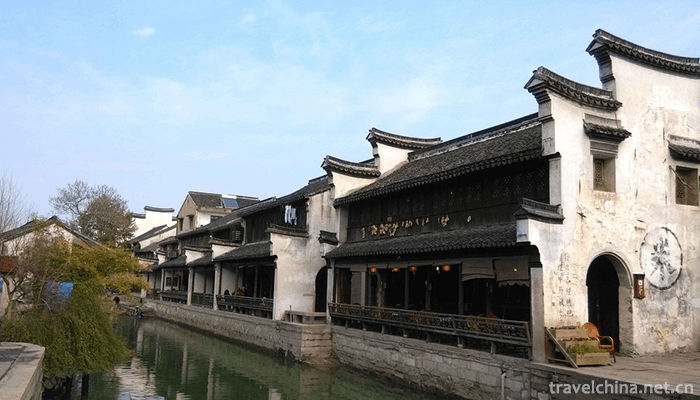
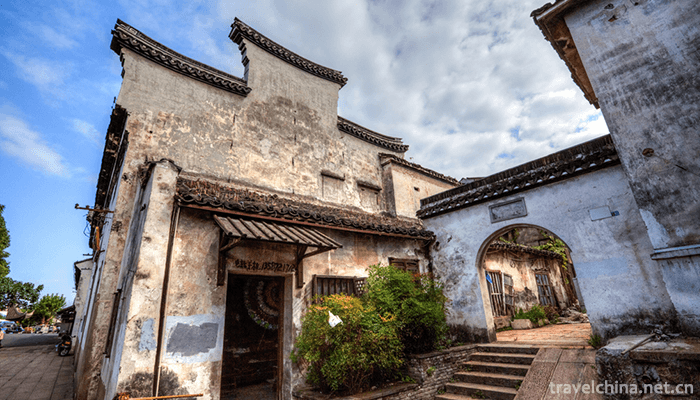

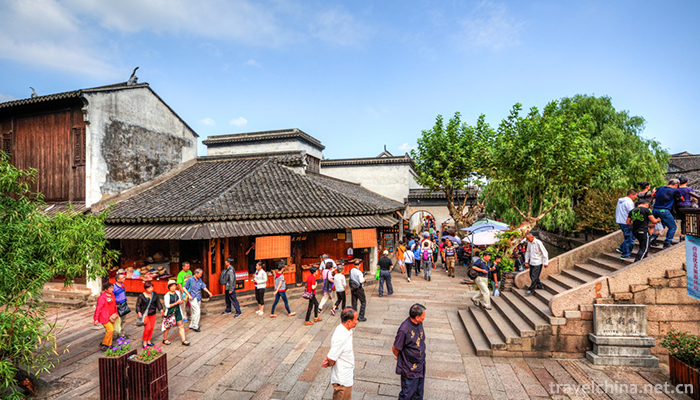
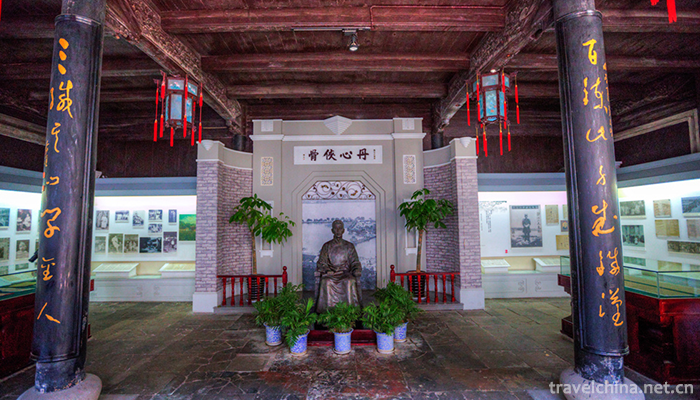
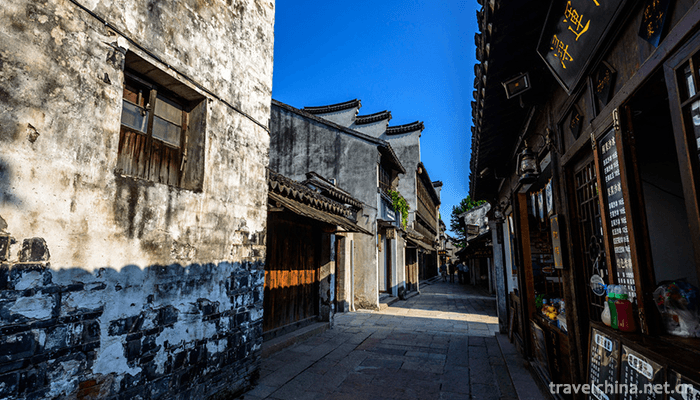
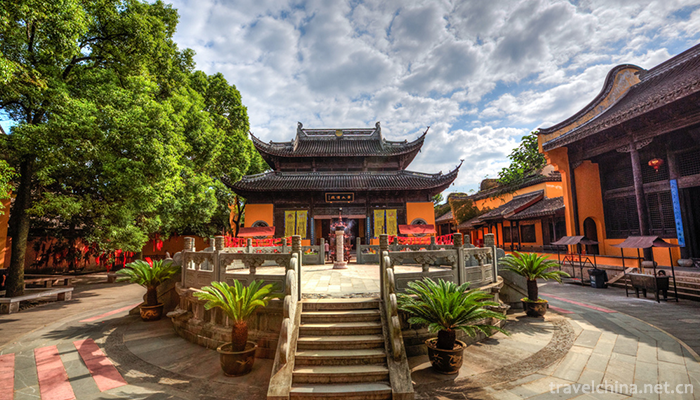
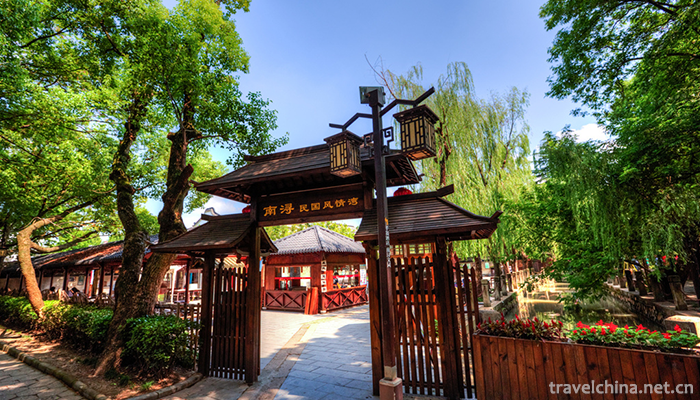
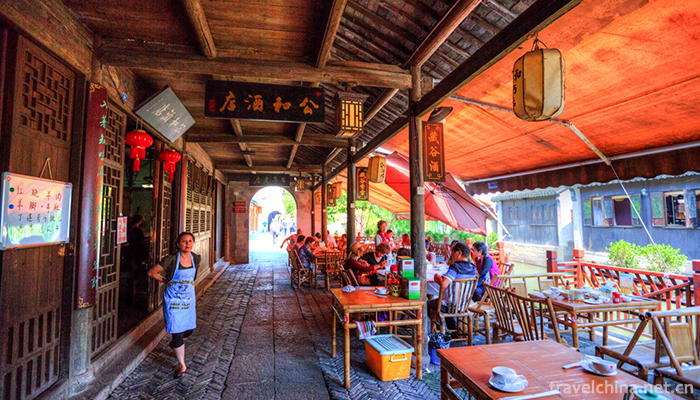
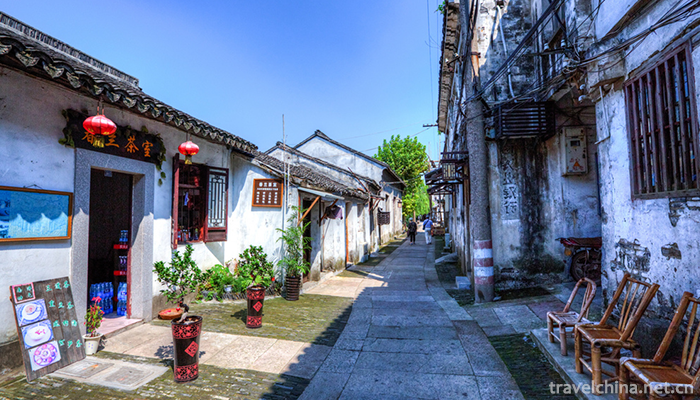
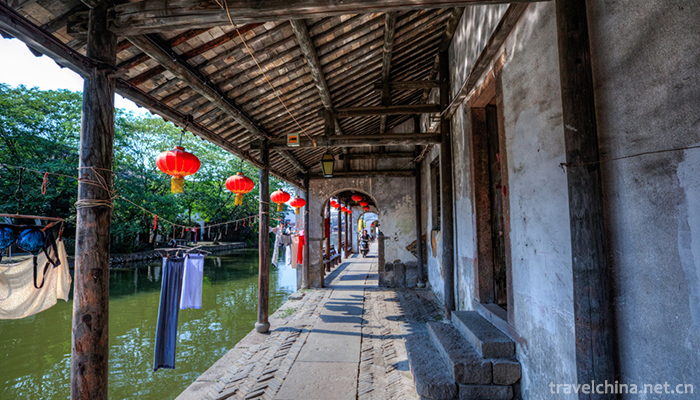

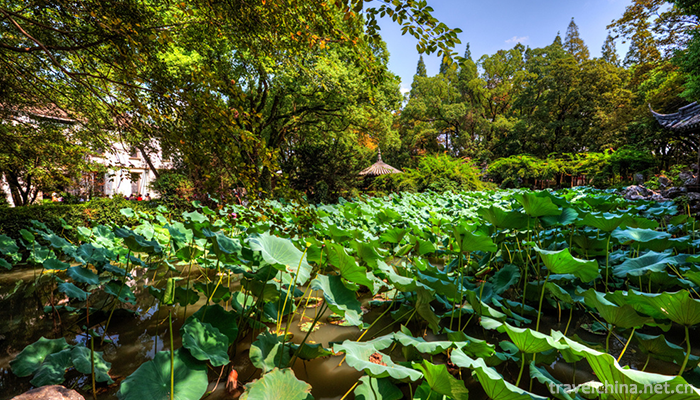
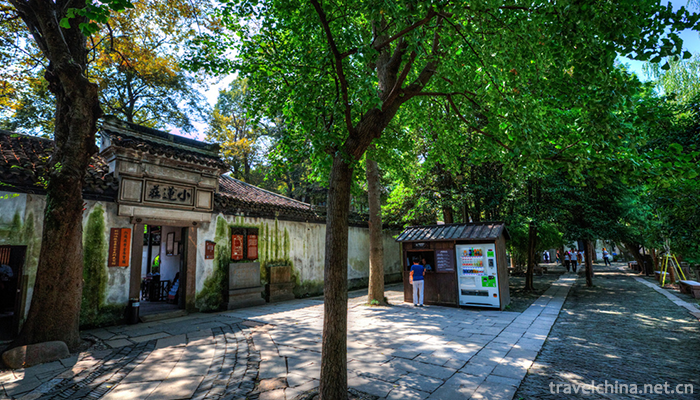
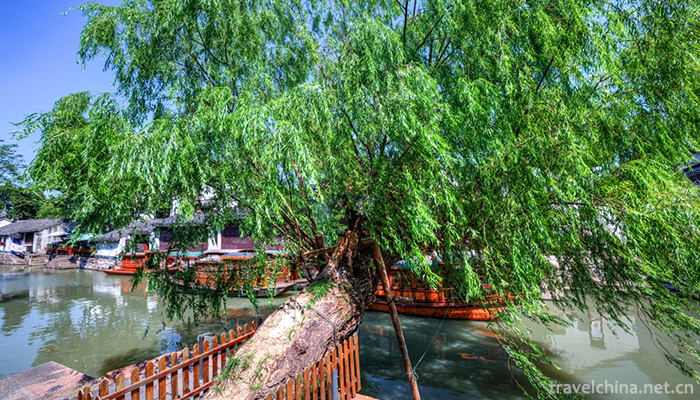
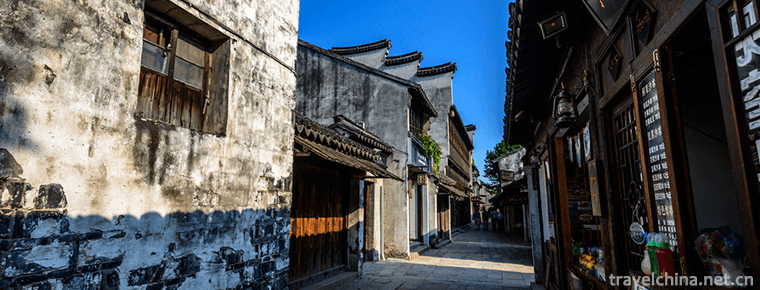
-
3.Mount Wuyi
Wuyi Mountain, Wuyi Mountain is located at the junction of Jiangxi and northwest Fujian Province. The southeastern foot of Wuyi Mountain has a total area of 999.75 square kilometers. It is a famous sc
Time 2018-10-28 -
4.Shanghai Botanical Garden
Located in the southwest of Xuhui District, Shanghai Botanical Garden, formerly Longhua Nursery, is a comprehensive botanical garden with plant introduction, domestication and display
Time 2018-12-19 -
5.The Dai Garden of Xishuangbanna
The Dai Garden is called Xishuangbanna Dai Garden. Located in Xishuangbanna Olive Dam, Yunnan Province, China. There are five Dai Natural Villages with the best preservation in China
Time 2019-02-25 -
6.Eight Delicacies in Hot Sauce
Babao chili sauce is a famous traditional dish in Shanghai, with bright color and spicy fragrance. It is improved from fried chili sauce. "Babao chili sauce" tastes hot, fresh and slightly s
Time 2019-03-25 -
7.Eighteen Sayings on Tibetan Wedding Banquet
The Eighteenth Tibetan Wedding Banquet is a kind of folk oral literature spread in the Tibetan inhabited areas of the eastern agricultural region of Qinghai Province. Its manifestation is the eighteen
Time 2019-04-07 -
8.Korean Huajiali
The flower armor ceremony of the Korean nationality is one of the important rituals of the Korean nationality's birthday ceremony. Since ancient times, the Korean people have regarded respecting the e
Time 2019-04-16 -
9.Mosukun of Oroqen Nationality
Mosukun of Oroqen nationality is Oroqen language, meaning "telling and singing stories". Most of the performances are performed by a single person without accompaniment of musical instrument
Time 2019-04-28 -
10.Ham making skills
Xuanwei ham production technology is a traditional handicraft in Xuanwei area of Yunnan Province. Xuanwei ham is a famous local traditional specialty.
Time 2019-05-05 -
11.Traditional Brewing Techniques of Brewing Wine
The traditional brewing technology of Jinhua liquor is the traditional handicraft technology of Jinhua City, Zhejiang Province. The typical representative and complete remains
Time 2019-06-07 -
12.Surface painting
Water and land painting Festival is a traditional religious painting. Originated in the Three Kingdoms Period, Buddhist monasteries prevailing from the Jin Dynasty to the Yuan, Ming and Qing Dynasties
Time 2019-06-15